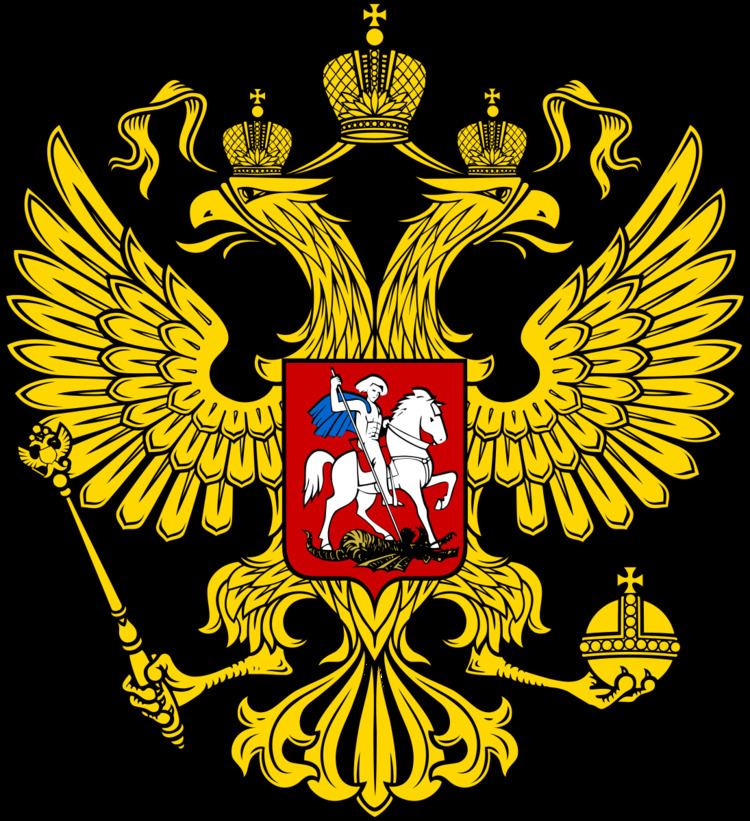 | ||
The federal subjects of Russia, also referred to as the subjects of the Russian Federation (Russian: субъекты Российской Федерации subyekty Rossiyskoy Federatsii) or simply as the subjects of the federation (Russian: субъекты федерации subyekty federatsii), are the constituent entities of Russia, its top-level political divisions according to the Constitution of Russia. Since March 18, 2014, the Russian Federation constitutionally consists of 85 federal subjects, although the two most recently added subjects are internationally recognized as part of Ukraine.
Contents
According to the Russian Constitution, the Russian Federation consists of republics, krais, oblasts, cities of federal importance, an autonomous oblast, and autonomous okrugs, all of which are equal subjects of the Russian Federation. Three Russian cities of federal importance have a status of both city and separate federal subject which comprises other cities and towns (Zelenograd, Troitsk, Kronstadt, Kolpino, etc.) within federal city keeping old structure of postal address. In 1993, there were 89 federal subjects listed. By 2008, the number of federal subjects had been decreased to 83 because of several mergers. In 2014, Sevastopol and the Republic of Crimea became the 84th and 85th federal subjects of Russia.
Every federal subject has its own head, a parliament, and a constitutional court. Federal subjects have their own constitution and legislation. Subjects have equal rights in relations with federal government bodies. The federal subjects have equal representation—two delegates each—in the Federation Council, the upper house of the Federal Assembly. They do, however, differ in the degree of autonomy they enjoy (asymmetric federalism).
Composition of post-Soviet Russia was formed during the history of the Russian Soviet Federative Socialist Republic within the USSR and didn't change in the moment of dissolution of the USSR. In 1992 during so-called "parade of sovereignties", separatist sentiments and the War of Laws within Russia, the Russian regions signed the Federation Treaty (Russian: Федеративный договор Federativny Dogovor), establishing and regulating the current inner composition of Russia, based on division of authorities and powers among Russian government bodies and government bodies of constituent entities. The Federation Treaty was included in the text of the 1978 Constitution of the Russian SFSR. The current Constitution of Russia was adopted by national referendum, came into force on December 25, 1993 and abolished the model of Soviet system of government introduced in 1918 by Vladimir Lenin based on right to secede from the country and unlimited sovereignty of federal subjects (in practice it was never allowed), which conflicts with country's integrity and federal laws. The new constitution eliminated a number of legal conflicts, reserved rights of the regions, introduced the institute of local self-government and didn't grant Soviet-time right to secede from the country. In the late 1990s and early 2000s, the political system became de jure closer to other modern federal states with a republican form of government in the world. In the 2000s, according to the policy of Vladimir Putin and the United Russia party (dominant party in all federal subjects), the Russian parliament changed the distribution of tax revenues, reduced the number of elections in the regions and gave more power to the federal authorities.
There are several groupings of Russian regions. Federal subjects should not be confused with the eight Federal districts which are not subdivisions of Russia, are much larger and each encompass many federal subjects. Federal districts were created by Executive Order of the President of Russia specially for presidential envoys. Time zones are defined by the Order of the federal government, the composition of Judicial districts is defined by the federal law "On arbitration courts", Economic regions are administrated by the Ministry of Economic Development, the Ministry of Defense uses the terminology of Military districts.
Terminology
An official government translation of the Constitution of Russia in Article 5 states: "1. The Russian Federation shall consist of republics, krays, oblasts, cities of federal significance, an autonomous oblast and autonomous okrugs, which shall have equal rights as constituent entities of the Russian Federation."
Another translation of the Constitution of Russia gives for article 65: "The Russian Federation includes the following subjects of the Russian Federation:".
How to translate the Russian term was discussed during the 49th annual American Translators Association conference in Orlando, in which Tom Fennel, a freelance translator, argued that the term "constituent entity of the Russian Federation" should be preferred to "subject". This recommendation is also shared by Tamara Nekrasova, Head of Translation Department, Goltsblat BLP, who in her "Traps & Mishaps in Legal Translation" presentation in Paris stated that "constituent entity of the Russian Federation is more appropriate than subject of the Russian Federation (subject would be OK for a monarchy)".
Types
Each federal subject belongs to one of the following types:
List
b. ^ According to Article 13 of the Charter of Leningrad Oblast, the government bodies of the oblast are located in the city of St. Petersburg. However, St. Petersburg is not officially named to be the administrative center of the oblast.
c. ^ According to Article 24 of the Charter of Moscow Oblast, the government bodies of the oblast are located in the city of Moscow and throughout the territory of Moscow Oblast. However, Moscow is not officially named to be the administrative center of the oblast.
d. ^ Not recognized internationally as a part of Russia.
Lists of federal subjects
Mergers
Starting in 2005, some of the federal subjects were merged into larger territories. The merging process was finished on March 1, 2008. No new mergers have been planned since March 2008.
